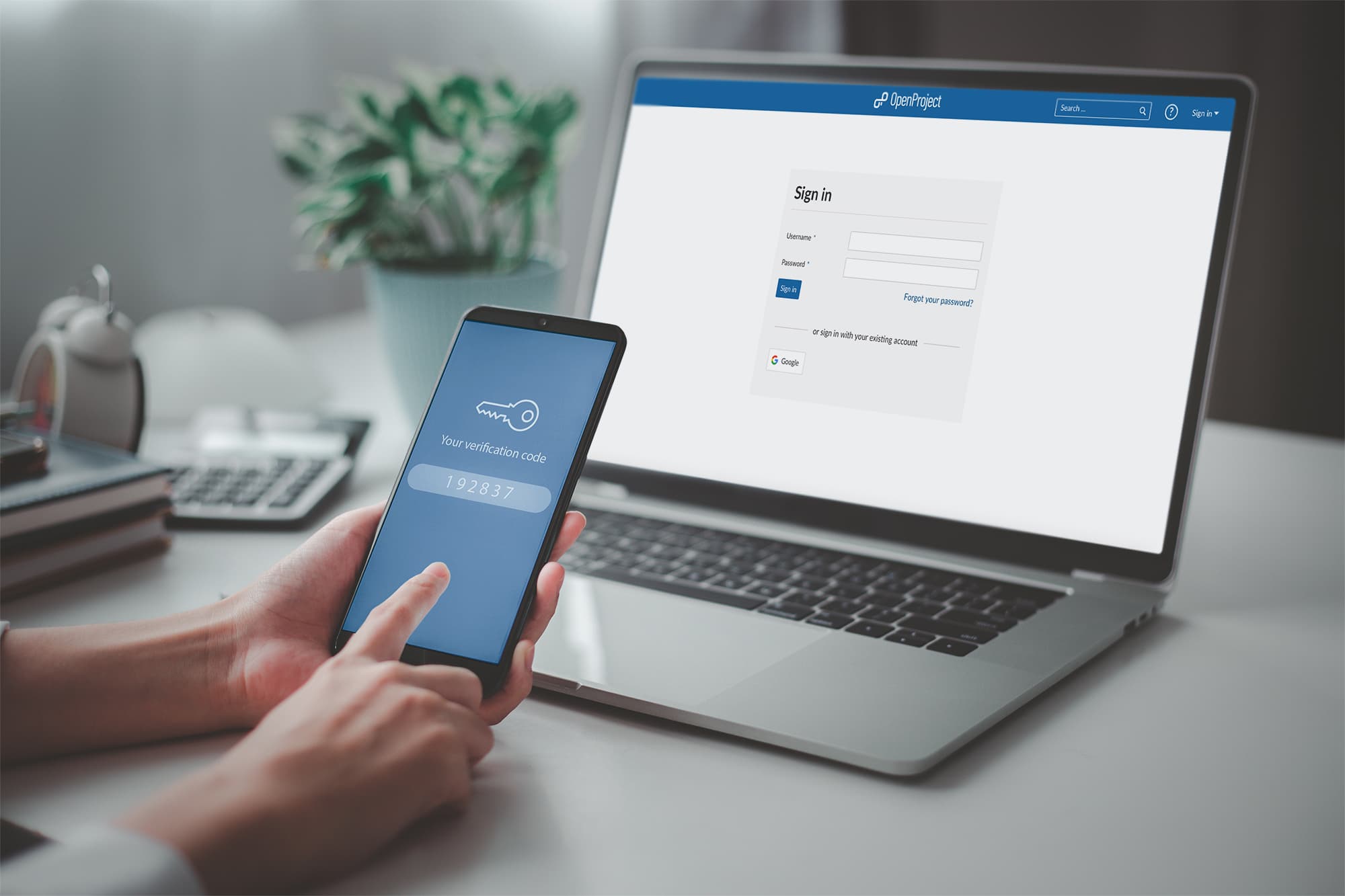
Multi-factor authentication (MFA) is a security system that requires more than one method of verification from independent categories of credentials to verify the user's identity for a login or other transaction. This approach combines two or more independent credentials: what the user knows (password), what the user has (security token), and what the user is (biometric verification). In today's digital age, safeguarding our online accounts has never been more critical. With cyber threats becoming more sophisticated, relying solely on passwords for security is like using a single lock on your front door in a high-crime area. MFA adds extra layers of security, making it significantly harder for unauthorized users to access your personal information. Whether you're checking your bank account, accessing your email, or logging into your social media profiles, MFA serves as an essential barrier against cyber intruders.
What is Multi-Factor Authentication?
Multi-factor authentication (MFA) is a security system that requires more than one method of authentication from independent categories of credentials to verify the user's identity for a login or other transaction. This process enhances security by combining two or more independent credentials: what the user knows (password), what the user has (security token), and what the user is (biometric verification).
Why Use Multi-Factor Authentication?
-
Enhanced Security: MFA significantly reduces the risk of unauthorized access. Even if one factor is compromised, an attacker still needs to breach at least one more barrier to gain access.
-
Compliance Requirements: Many industries have regulations that mandate the use of MFA to protect sensitive data. Using MFA helps organizations comply with these requirements.
-
User Trust: Implementing MFA demonstrates a commitment to security, building trust with customers and partners who value their data's protection.
Types of Multi-Factor Authentication
-
Something You Know: This category includes passwords, PINs, and answers to security questions. It's the most common form of authentication.
-
Something You Have: This can be a mobile device, a smart card, or a security token. These items generate a code or have a code sent to them that the user must enter.
-
Something You Are: Biometric verification methods like fingerprint scans, facial recognition, or iris scans fall into this category. They are becoming more popular due to their increased security and ease of use.
How Does Multi-Factor Authentication Work?
-
Step-by-Step Verification: When a user attempts to access a system, they are first asked for their username and password. After entering these, they are prompted to provide another form of authentication, such as a code sent to their phone.
-
Time-Sensitive Codes: Many MFA systems use codes that expire after a short period. This means that even if a code is intercepted, it cannot be used after its expiration.
-
Biometric Scans: For biometric verification, the system compares the presented biometric data with the stored data. If there's a match, access is granted.
Benefits of Multi-Factor Authentication
-
Reduced Fraud and Identity Theft: By making it harder for attackers to gain unauthorized access, MFA plays a crucial role in reducing the risk of fraud and identity theft.
-
Flexible Security: MFA allows for different levels of security, depending on the sensitivity of the information being protected. More sensitive data can require more authentication factors.
-
Ease of Use: With advancements in technology, MFA methods, especially biometric verification, have become more user-friendly.
Challenges of Multi-Factor Authentication
-
User Resistance: Some users find MFA inconvenient, especially if it significantly slows down their access to services or information.
-
Technical Issues: Lost devices, poor internet connectivity, or hardware failures can prevent users from completing the authentication process.
-
Cost and Complexity: Implementing MFA can be expensive and complex, particularly for small businesses or organizations with limited IT resources.
Future of Multi-Factor Authentication
-
Adoption of Biometrics: As biometric technology improves and becomes more accessible, its use in MFA is expected to increase.
-
Integration with Mobile Devices: Smartphones and other mobile devices are becoming central to MFA solutions, thanks to their ubiquity and built-in security features.
-
AI and Machine Learning: These technologies are being explored for their potential to enhance MFA by detecting unusual access patterns and automatically adjusting security requirements.
-
Wider Acceptance and Use: As awareness of cybersecurity threats grows, more individuals and organizations are likely to adopt MFA.
-
Innovation in Authentication Methods: Researchers are constantly looking for new ways to verify identity securely and conveniently. Future methods may include recognition of patterns in keystrokes or mouse movements.
A Final Word on Multi-Factor Authentication
Multi-factor authentication, or MFA, stands as a robust shield in our ongoing battle against cyber threats. By requiring multiple proofs of identity, MFA significantly lowers the risk of unauthorized access, safeguarding personal and corporate data alike. Sure, it might add an extra step to your login process, but that's a small price to pay for peace of mind. As cybercriminals get craftier, embracing MFA isn't just smart; it's essential. Whether it's a text message code, a fingerprint, or a facial scan, each layer adds to your digital fortress. So, let's not wait until it's too late. Adopting MFA today could be the difference between staying safe and becoming a statistic. Remember, in the digital age, security isn't just about locking doors; it's about making sure only the right keys can open them.
Was this page helpful?
Our commitment to delivering trustworthy and engaging content is at the heart of what we do. Each fact on our site is contributed by real users like you, bringing a wealth of diverse insights and information. To ensure the highest standards of accuracy and reliability, our dedicated editors meticulously review each submission. This process guarantees that the facts we share are not only fascinating but also credible. Trust in our commitment to quality and authenticity as you explore and learn with us.


